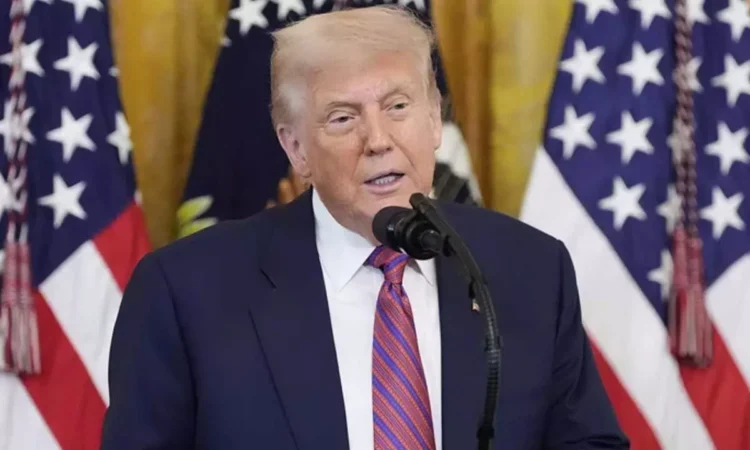Starting at 12:01 a.m. on Wednesday in Washington, India faces a 50% import duty, effectively doubling the previous export tariffs. For months, Trump has criticized India regarding its purchases of Russian oil, which he claims support President Vladimir Putin’s war in Ukraine. India has responded by labeling the U.S. actions as “unfair, unjustified and unreasonable,” citing its longstanding relationship with Moscow. Trump remarked that the high tariffs enable Russia to fund its conflict through U.S.-India trade involving significant oil imports. He also mentioned his attempts to mediate between Putin and President Zelenskyy, although he noted that progress has been limited. The previous tariffs have primarily impacted American businesses and consumers, especially as the labor market shows signs of slowing.
The increased tariffs on India could exacerbate these challenges. Since Trump initially suggested “secondary sanctions” on India, New Delhi has warned of potential retaliation. Indian officials have argued that the U.S. is unfairly focusing on them while other major buyers of Russian oil, like China, face fewer consequences. Currently, goods from China are subject to tariffs of around 30%, according to the Peterson Institute for International Economics. On Tuesday, Trump indicated he may raise tariffs on nations that continue to purchase Russian oil. India has become an increasingly significant partner in U.S. trade, with the trade deficit having grown over the last ten years. Trade between the two nations has nearly doubled since 2012, with the U.S.
importing $87 billion worth of goods from India last year and exporting approximately $42 billion to the country, as per Commerce Department statistics.


